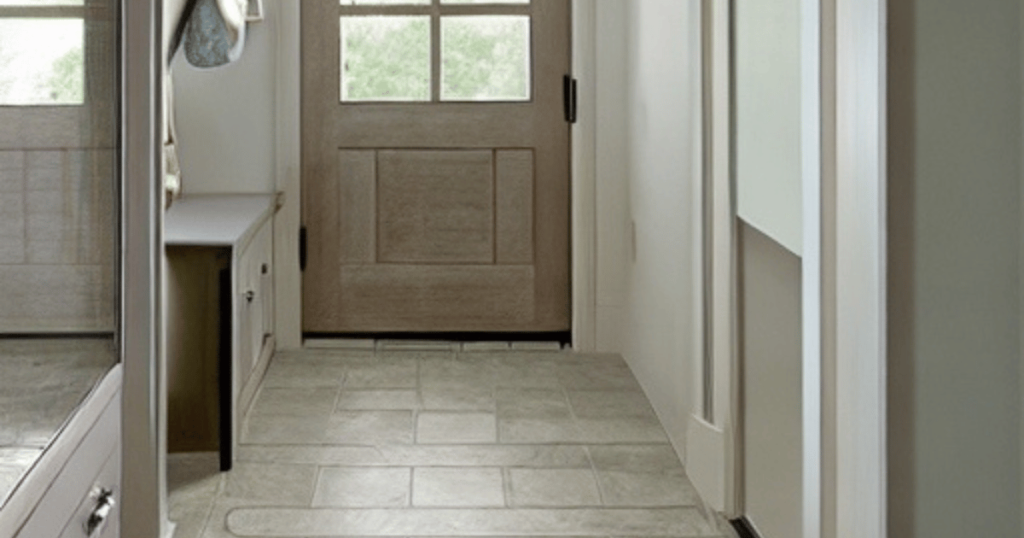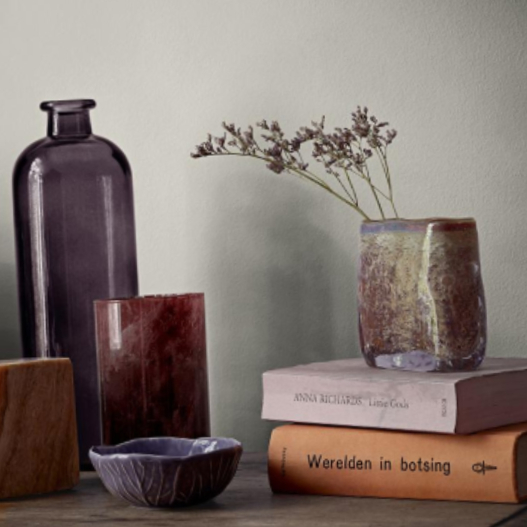Introduction:
When it comes to designing or renovating your home, the mudroom often gets overlooked. However, this humble space plays a crucial role in maintaining a clean and organized home. One of the key elements to consider when designing a mudroom is the flooring, and that’s where the right choice of tiles comes into play. In this comprehensive guide, we’ll explore various aspects of selecting the ideal tile for the mudroom, ranging from materials like porcelain to innovative options like peel and stick.
Wall Tile for Mudroom: Enhancing Aesthetics and Durability
Wall tiles in the mudroom serve both functional and aesthetic purposes. They protect the walls from dirt, moisture, and stains while also adding a touch of style. Consider using ceramic or porcelain wall tiles for easy maintenance and durability. Choose a design that complements the overall theme of your mudroom.
Best Tile for Mudroom: Factors to Consider
Selecting the best tile for your mudroom involves evaluating various factors. Consider the foot traffic in the area, as well as the exposure to moisture and dirt. Porcelain tiles often emerge as a top choice due to their durability, water resistance, and low maintenance. Look for tiles with slip-resistant surfaces to enhance safety.
Tile for Mudroom Floor: Balancing Style and Practicality
The mudroom floor is subjected to constant foot traffic, dirt, and moisture. Opt for durable and easy-to-clean tiles to withstand the challenges of this high-traffic area. Porcelain tiles, known for their toughness, are an excellent choice. Choose a neutral color or pattern that complements the design of your home.

Porcelain Tile for Mudroom: A Durable and Stylish Choice
Porcelain tiles are highly recommended for mudroom floors due to their exceptional durability. These tiles are fired at high temperatures, making them resistant to scratches, stains, and moisture. The versatility of porcelain allows for various design options, ensuring you find the perfect match for your mudroom.
Best Floor Tile for Mudroom: Striking the Right Balance
Selecting the best floor tile for your mudroom involves striking a balance between aesthetics and functionality. Consider textured tiles or those with a matte finish to prevent slips. Additionally, choose a color that can conceal dirt and stains, maintaining the pristine look of your mudroom floor.
Mudroom Floor Tile Ideas: Unleashing Your Creativity
Transform your mudroom into a stylish and functional space by exploring creative floor tile ideas. Consider a herringbone pattern for a timeless look for large-format tiles to create a seamless appearance. Mixing and matching different tile sizes and shapes can add a unique touch to your mudroom.
Small Entryway Tile Floor Ideas: Maximizing Space
For mudrooms with limited space, choosing the right tiles is crucial to creating the illusion of a more expansive entryway. Light-colored tiles and diagonally laid patterns can make the space feel larger. Consider using large-format tiles to minimize grout lines and create a clean, open look.

Mudroom Floor Tile Ideas: From Classic to Contemporary
Explore a range of mudroom floor tile ideas to find the perfect fit for your home’s aesthetic. Classic options like checkerboard patterns or subway tiles can evoke a timeless charm. For a more contemporary look, consider large, monochromatic tiles or intricate geometric designs.
Kitchen Tile for Mudroom: Seamless Transitions
If your mudroom connects to the kitchen, consider using the same or complementary tiles to create a seamless transition between the two spaces. This not only enhances the visual flow but also makes the overall space feel cohesive and well-planned.
Bathroom Tile for Mudroom: Consistency in Design
Similarly, maintaining consistency in tile design between the mudroom and adjacent bathrooms can create a harmonious design throughout your home. Choose tiles that can withstand both wet and high-traffic conditions for a functional and aesthetically pleasing solution.
Peel and Stick for Mudroom: Convenience Meets Style
For a quick and easy mudroom update, consider peel and stick tiles. These self-adhesive tiles eliminate the need for messy adhesives and are a great DIY option. While not as durable as porcelain, they provide a cost-effective and stylish solution for a temporary or budget-friendly makeover.

Conclusion:
Selecting the right tile for the mudroom involves a careful balance of functionality and aesthetics. From porcelain tiles known for their durability to peel-and-stick options for a quick refresh, the market offers a plethora of choices. Consider the specific needs of your mudroom, such as foot traffic and exposure to moisture, to make an informed decision. By paying attention to the details and exploring creative ideas, you can transform your mudroom into a stylish and practical space that complements the overall design of your home.
You may know about these:
1-> Cleaning Hacks
FAQS:
What types of tiles are recommended for mudroom walls?
For mudroom walls, it’s advisable to use ceramic or porcelain tiles. These materials offer both durability and a stylish aesthetic, enhancing the overall functionality of the space.
What factors should I consider when choosing the best tile for my mudroom?
Consider the foot traffic, exposure to moisture, and ease of maintenance. Porcelain tiles are often recommended for their durability, water resistance, and low maintenance.
Why choose porcelain tiles for the mudroom floor?
Porcelain tiles are an excellent choice for mudroom floors due to their exceptional durability, resistance to scratches and stains, and ability to withstand moisture.
What makes porcelain tiles the best option for mudroom floors?
Porcelain tiles are fired at high temperatures, making them tougher and more resistant to wear and tear. Their versatility also allows for various design options.
How can I strike a balance between style and functionality in mudroom flooring?
To achieve a balance, opt for textured tiles with a matte finish for slip resistance. Choose neutral colors or patterns that can conceal dirt and stains effectively.
Can you suggest some creative mudroom floor tile ideas?
Consider a herringbone pattern for a timeless look or experiment with large-format tiles to create a seamless appearance. Mixing and matching different tile sizes and shapes can also add a unique touch.
What tile floor ideas are suitable for small entryways?
For small mudrooms, consider light-colored tiles and diagonally laid patterns to create the illusion of a larger space. Large-format tiles can also minimize grout lines for a clean and open look.
Are there specific tile options for achieving a classic mudroom floor?
Classic mudroom floor options include checkerboard patterns or subway tiles, providing a timeless charm. For a contemporary touch, consider large, monochromatic tiles or intricate geometric designs.
How can I create a seamless transition between the kitchen and mudroom using tiles?
Maintain a consistent design by using the same or complementary tiles in both spaces. This not only enhances visual flow but also creates a cohesive look throughout the home.
Are peel and stick tiles a suitable option for a mudroom makeover?
Yes, peel and stick tiles offer a convenient and stylish solution for a quick mudroom refresh. While not as durable as porcelain, they are cost-effective and ideal for temporary or budget-friendly updates.


